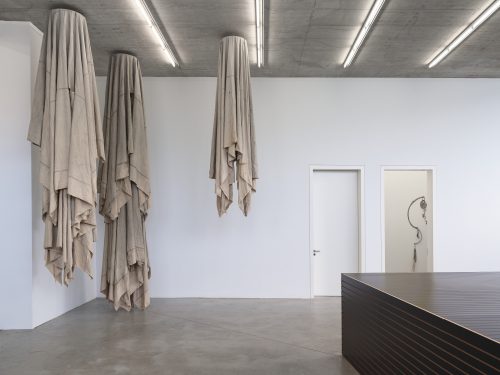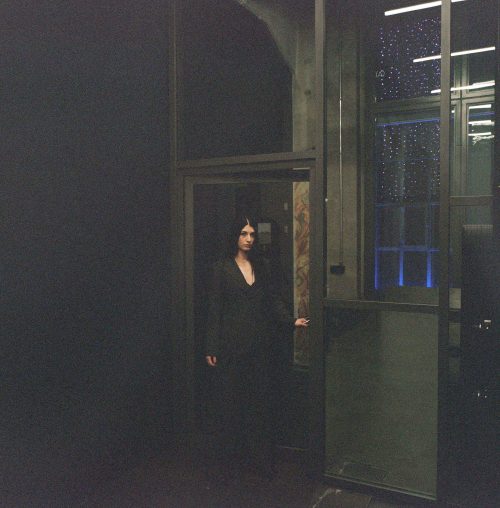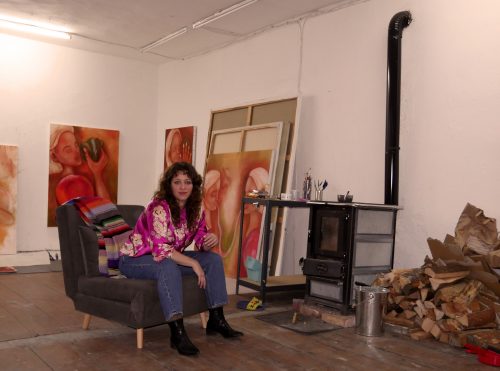
"Group show" Trin Alt, Tobias Izsó and Layo Laurence Mussi
The Tricksters Underbelly
Project Info
- 💙 TIC Gallery Brno
- 💚 Marika Kupková
- 🖤 "Group show" Trin Alt, Tobias Izsó and Layo Laurence Mussi
- 💜 Marika Kupková
- 💛 Eva Rybářová
Share on

Advertisement

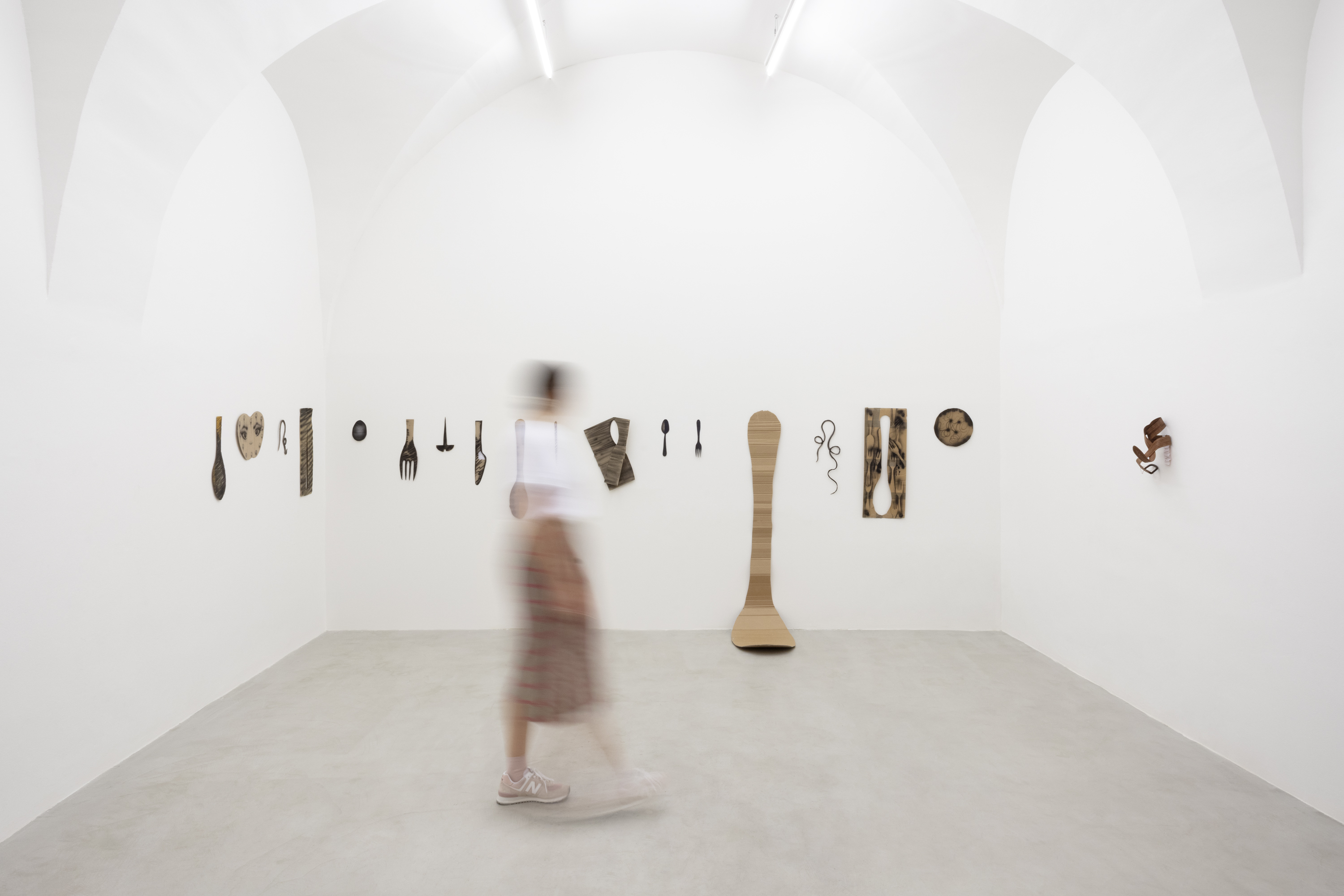
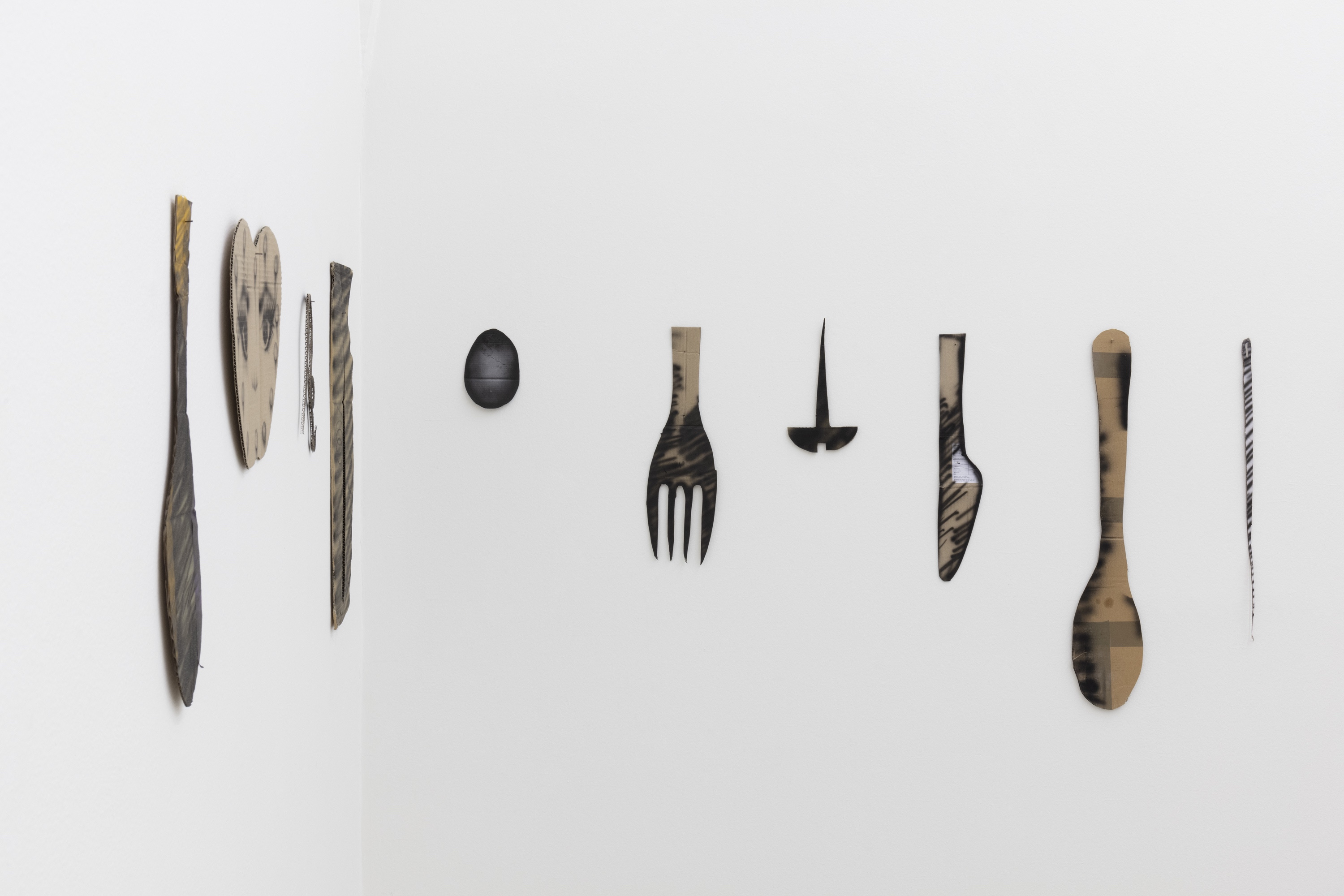
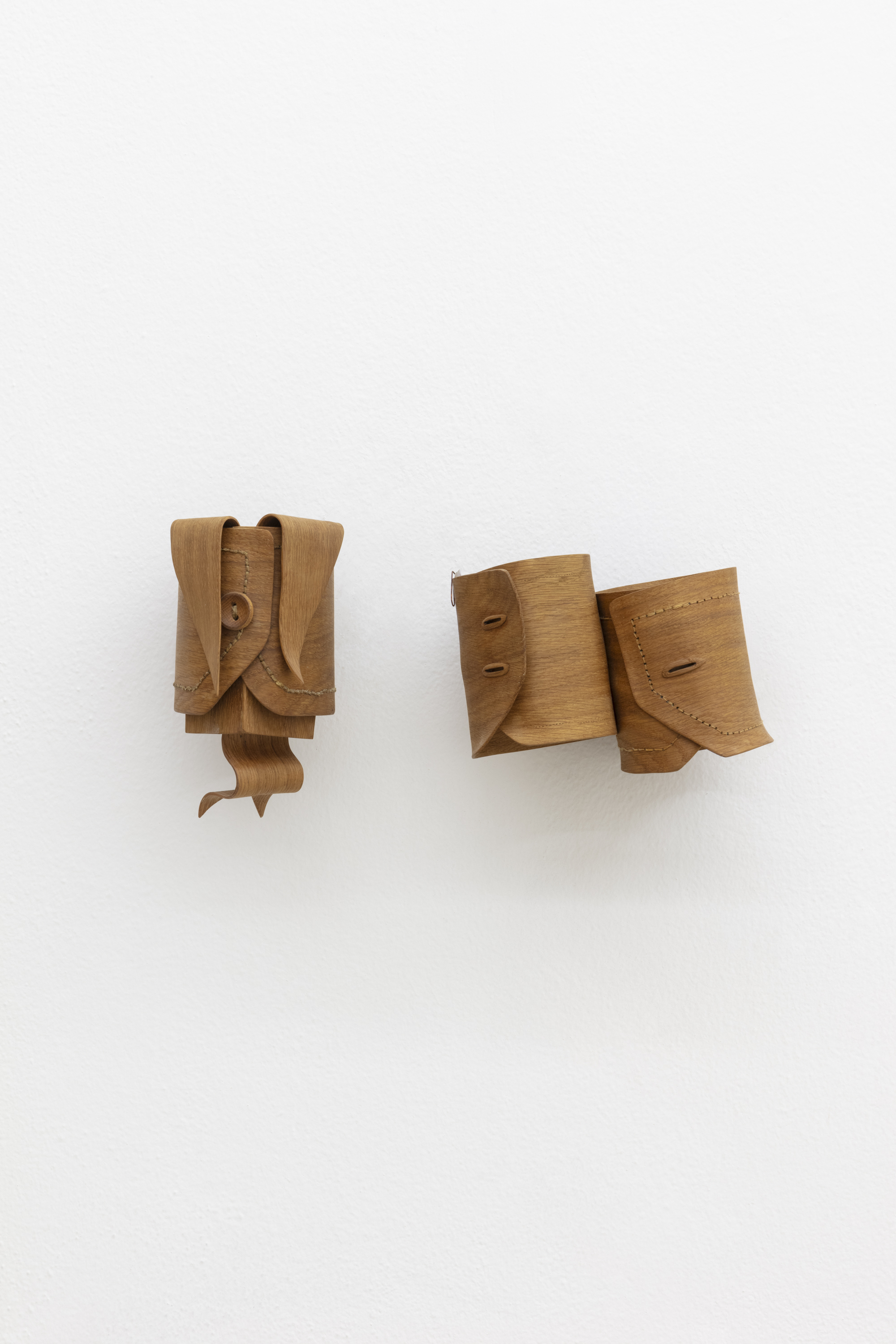

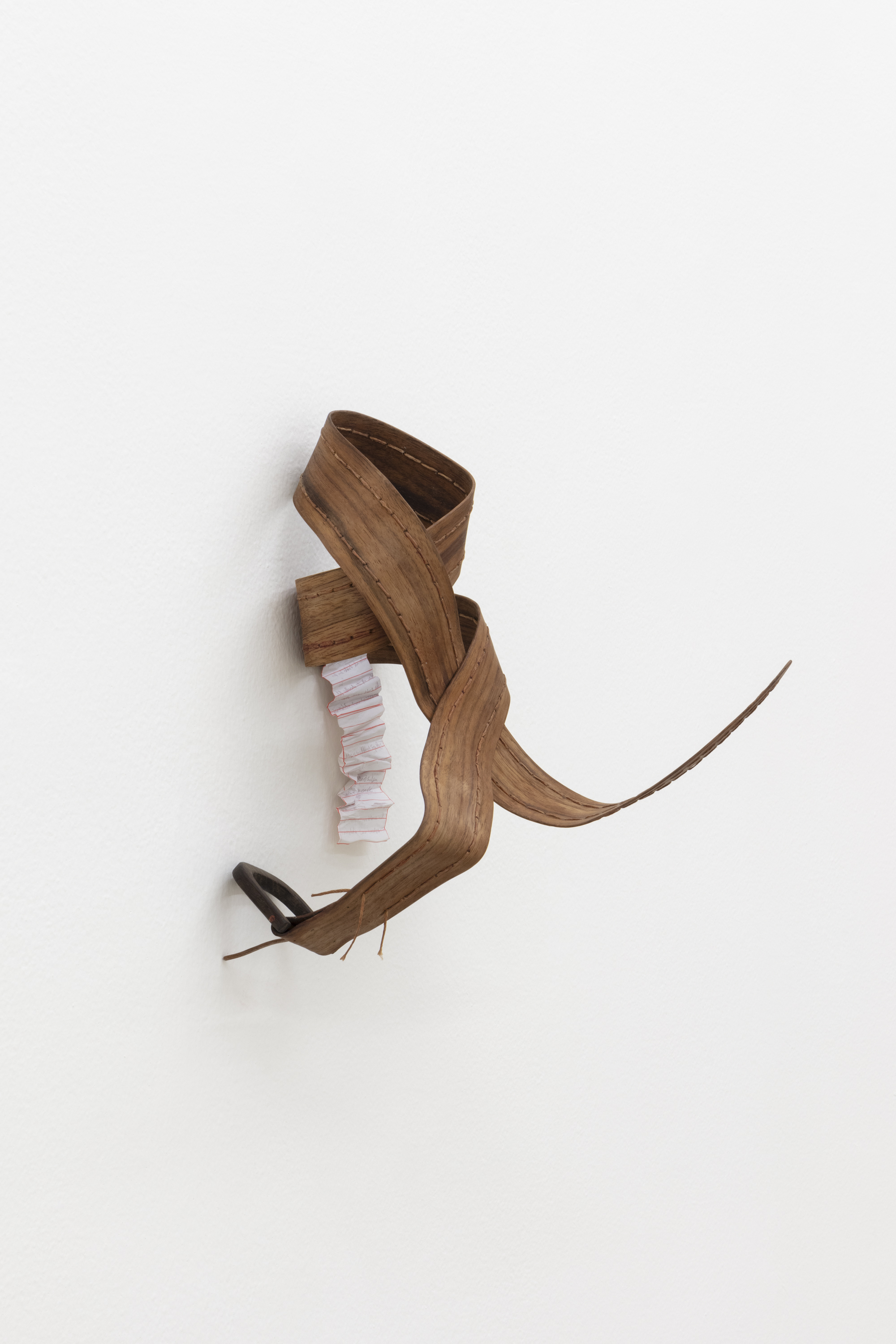

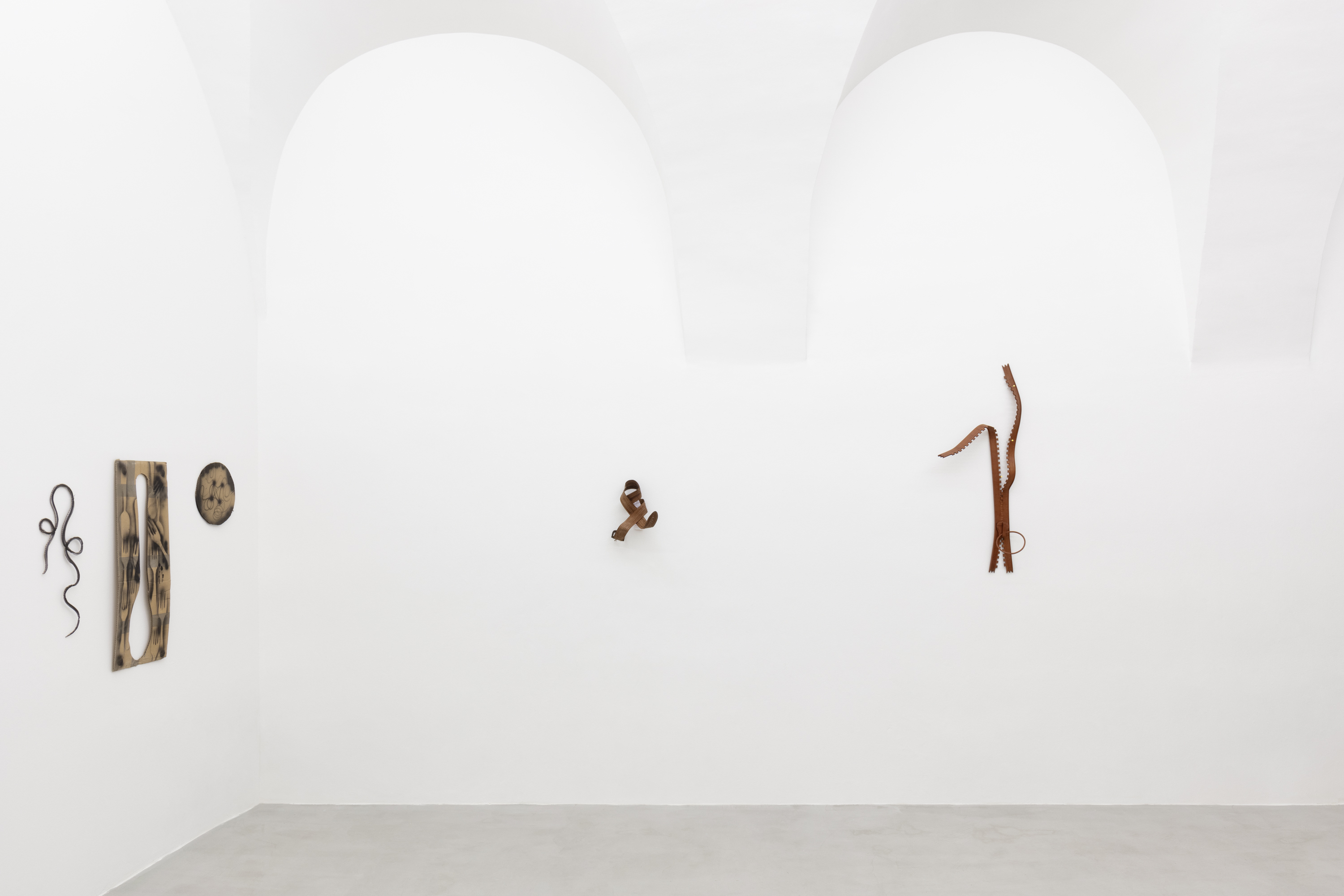
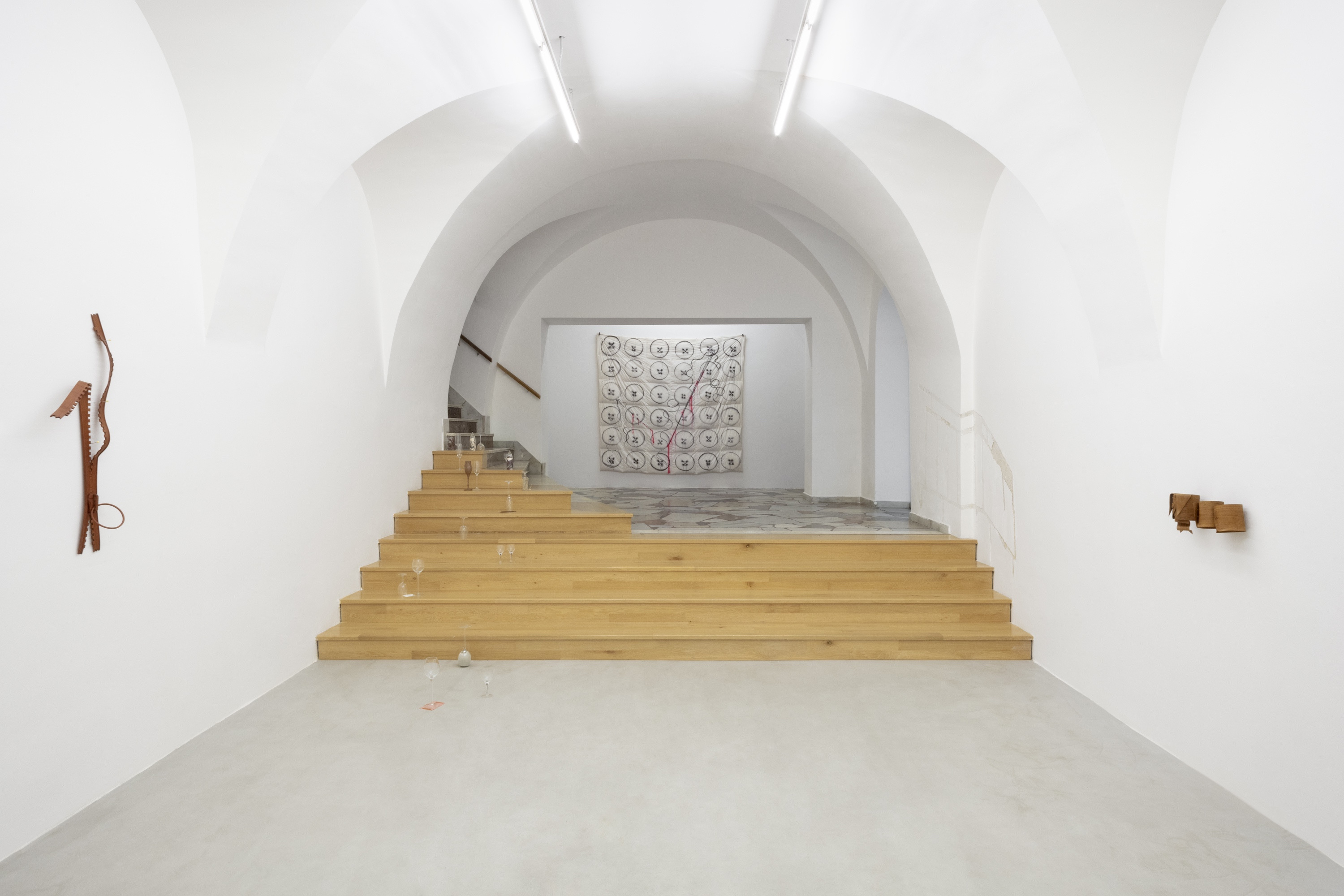
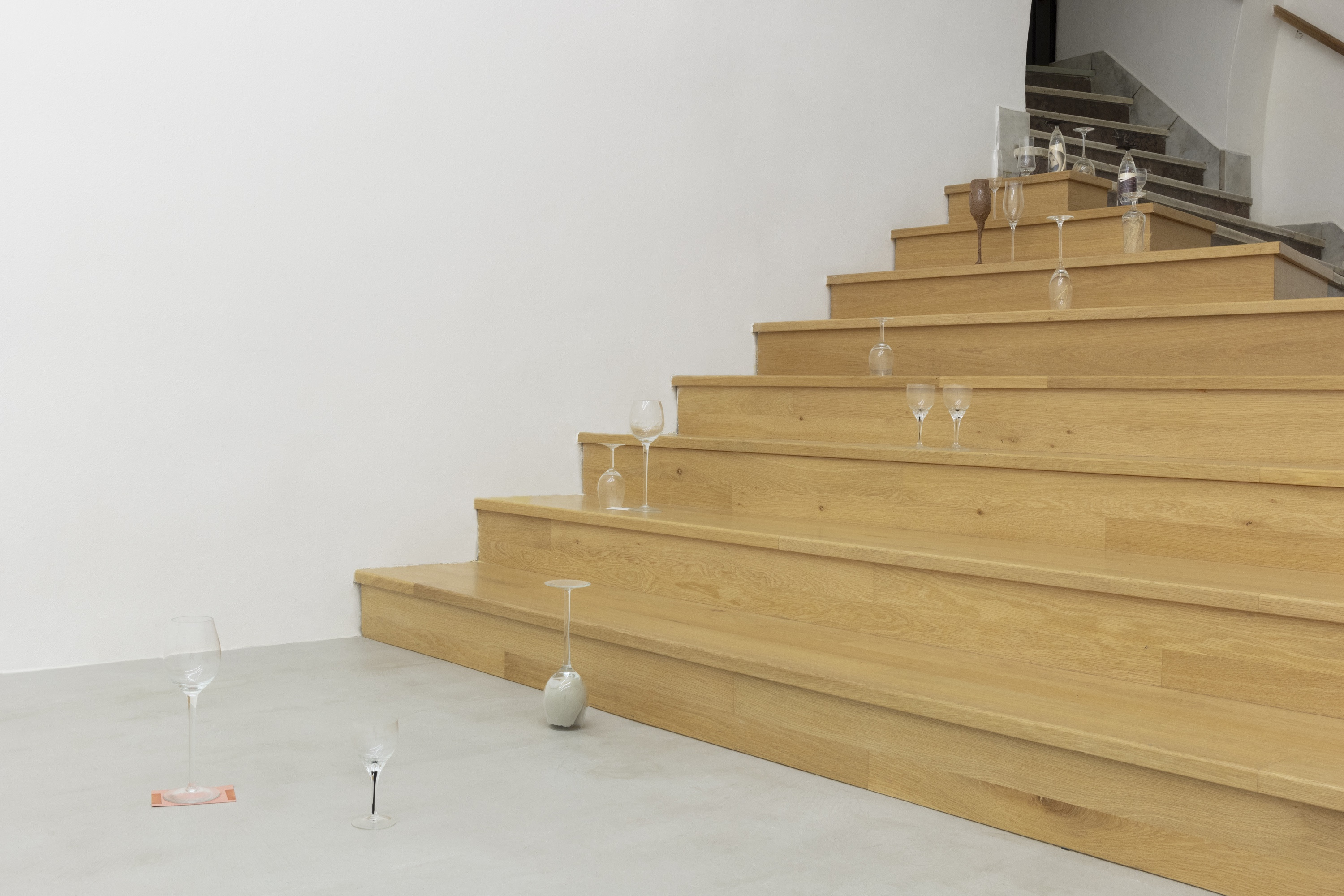
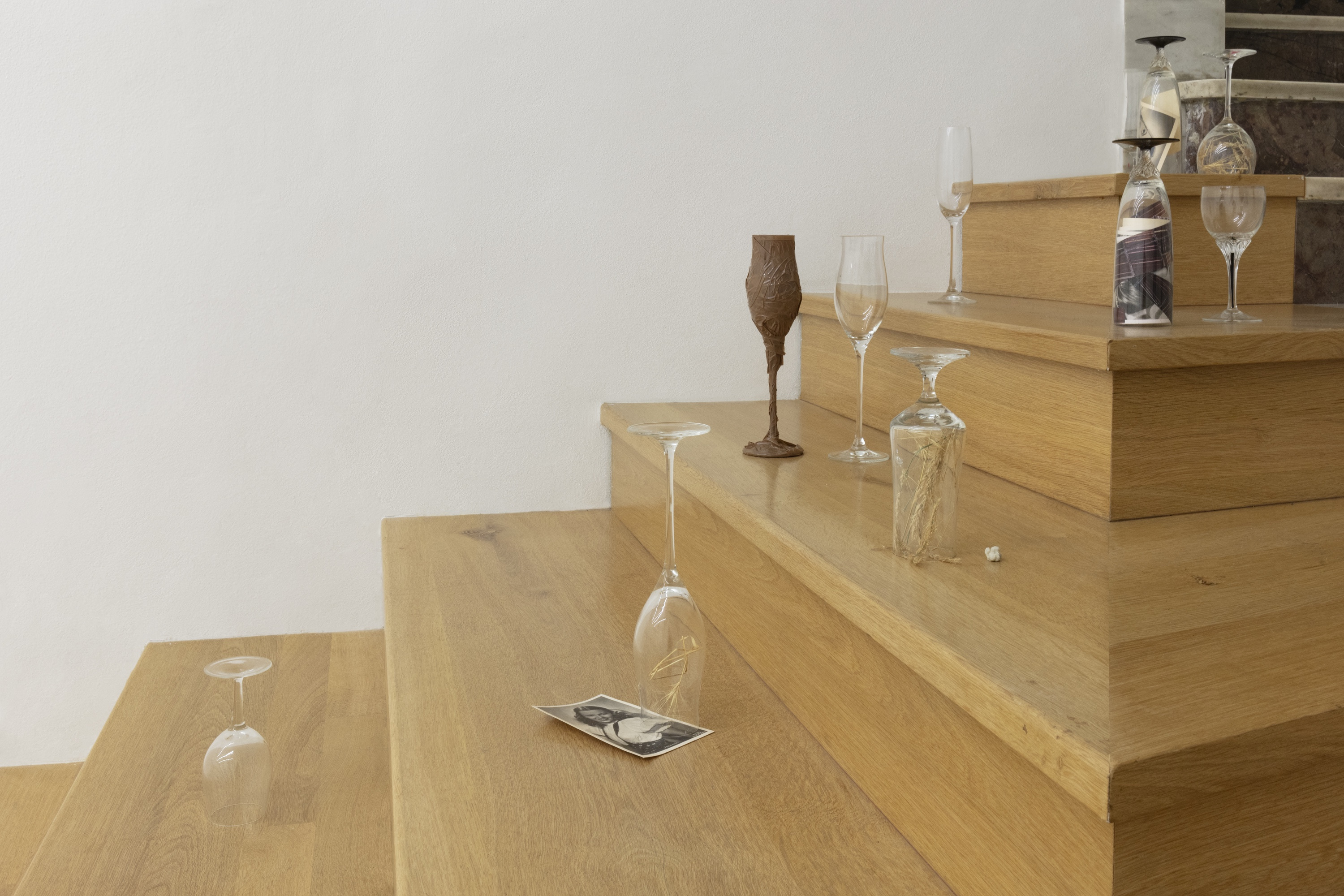


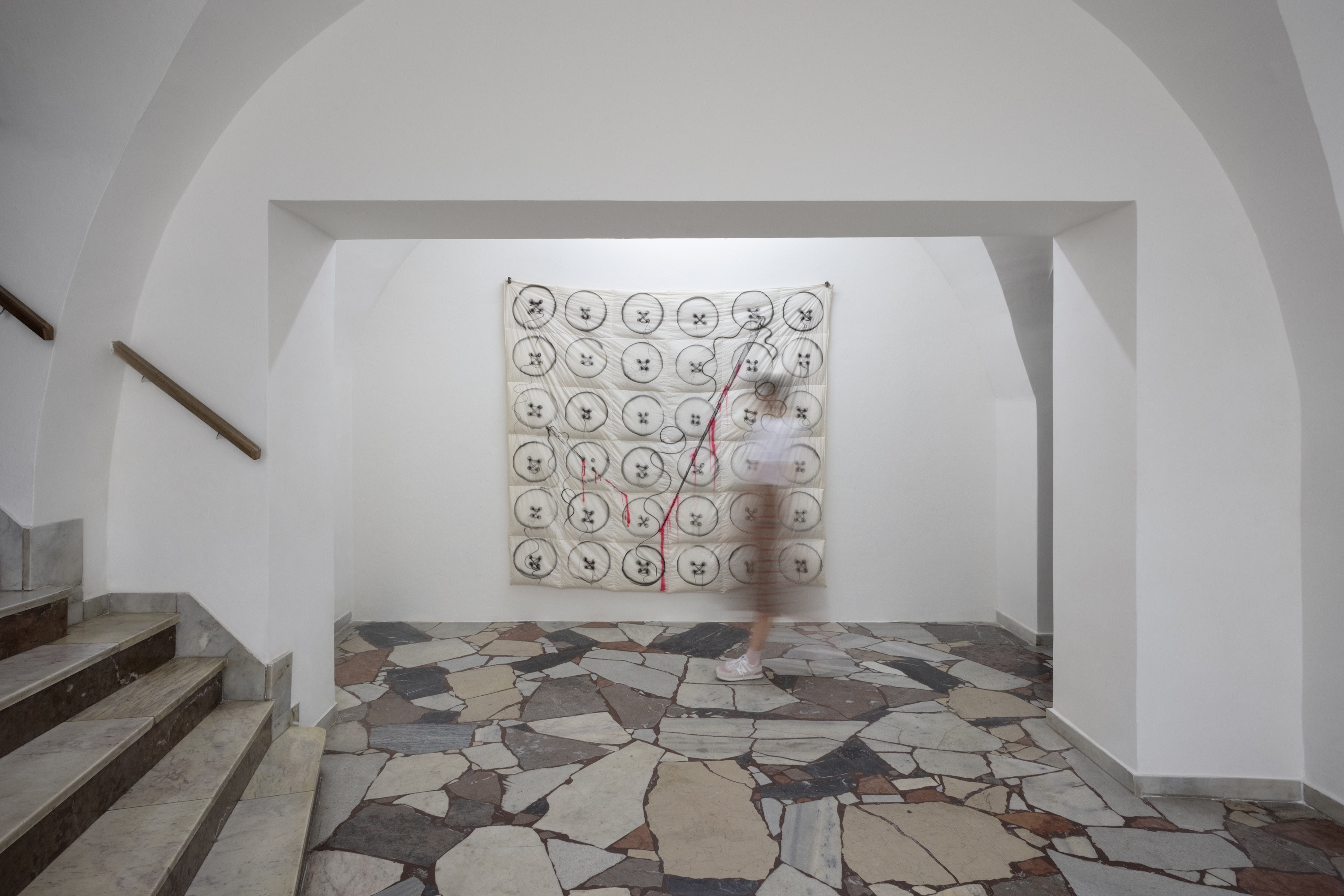
Trin Alt's, Tobias Izsó's and Layo Laurence Mussi's exhibition presents a selection of their individual works, yet at the same time, these pieces are connected by a shared dialogue of similar underlying narratives and meanings. This might include an interest in the everyday, as seen through its material traces and pictorial symbols. Tobias explores the poetics of 'ordinary' things, transforming them with great craftsmanship and material sensitivity into stylized reliefs and objects. These works evoke various cultural codes—surrealism, children's railways, or 1960s apartment interiors—creating a journey through collective cultural memory. Layo, on the other hand, brings everyday objects closer to the realm of the ready-made. His installation, made from various dinner party glasses, stand as lonely remnants of the past. The cultural associations tied to these objects suggest conversations, arguments, or debates, functioning as still lifes that allude to impermanence. Trin Alt works with previously used everyday items such as blankets or discarded cardboard boxes.
As bodily fluid stains transform into abstract pictorial structures, these objects—once associated with private life—become the very art objects under contemplation. The artists’ shared intervention in the gallery space is the shadow, the imprint of a railing that once was part of the exhibition space. This decorative interior element, once unloved by artists and curators alike, now peels away from the gallery walls, perhaps revealing a romantic trace of something irretrievably lost.
Here, we are presented with mere ‘ordinary objects’—belts, cutlery, buttons, glassware, or blankets—that we encounter daily without paying them any special attention. These objects become the motifs, or perhaps the actors, in the fickle play of (pictorial) illusion and the impermanence of our perception and memory. They also serve as symbols of the transience of our experiences in general.
Through these objects, we observe 'magic' in scale, in material, and in the treatment of surfaces, as well as the revival of objects that have been removed from their normal use and placed into new configurations. It is the viewer, from their own perspective, who has the power to disrupt and recreate the illusion. Beyond a phenomenological perspective (considering how the world in question appears to us), the exhibition invites interpretation through the lens of a new materialist, emphasizing the agency of matter in the construction of reality. The trick revealed in the exhibition relates to contemporary social demands on art. Trompe l'oeil, as the aesthetic principle the artists draw upon, challenges not only the reliability of our perception but also the established roles of art and the clarity of its interpretations. The exhibition, therefore, serves as a skeptical commentary on the relationship between art and reality, reminding us of both the allure and fragility of art in its autonomy.
Marika Kupková


